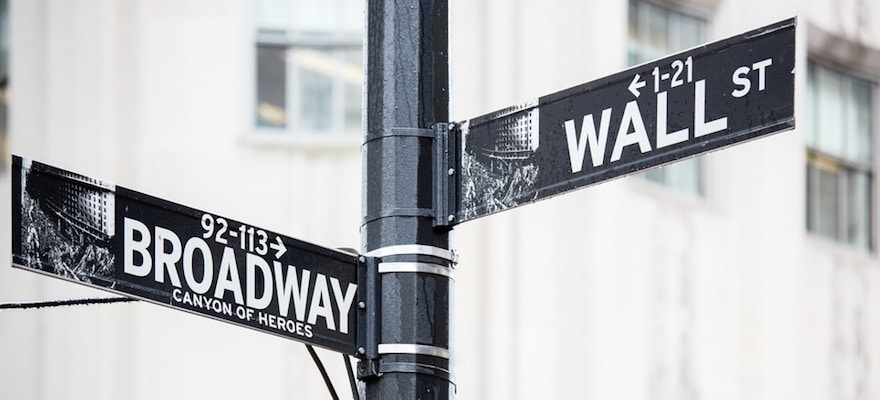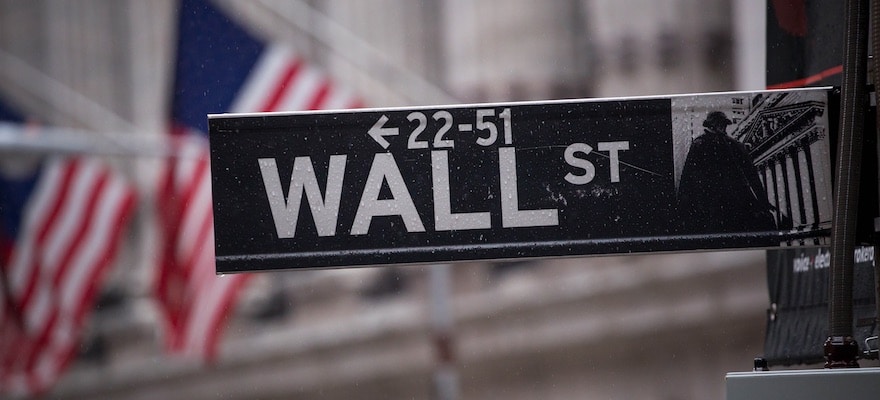One of the most frequent questions when I speak with traders and/or the current cocktail conversation I am running into more and more these days is the resilience of the US equity markets and how I view and trade them.
The reason I am asked, I believe, is that surprisingly very few are involved except for 401ks, IRAs, etc. When I was assigned this topic on Monday, the first full week of trading in 2015, the Dow Industrials was at 17,900 (200 points off an all-time high) and by Wednesday the Dow was at 17,250, a 650 point retracement. On Thursday afternoon, as I write, the Dow is back at 17,900. Right back near all-time highs with a tad bit of geo-political news to go with the Volatility (Greece/Russia hangover). I will tell you how I handle this but, unfortunately, I learned the hard way.
Back at my previous firm (go back to my bio if you wish) I was considered a “contra-trader” and by that I mean I went against big moves, granted mostly on an intra-day basis, but albeit a costly one. So I went against the trends. Now, I was allowed to trade this way for two reasons only, one flattering and the second being how foolish I was. The flattering aspect of this is that I made money and the MAIN reason why is that I NEVER AVERAGED DOWN. That cliché or rule I never and won't ever break. But I made the hard money and the smaller money. Given that the smarter traders at the time adopted the "trend is your friend" philosophy and bought strong stocks with relative strength and volume on any pullback in the market, I was allowed to go against the firm, thus considering my positions a hedge, the hard money. And when stocks are in uptrends in an uptrending market, trust me, the stocks don’t come down as fast as they go up so my timing bailed me out as well.
Let’s fast forward some years later, when I learned how to make money trading instead of learning how to trade. There was no epiphany or I didn’t lose a fortune trading my style, the market conditions had changed and my style was obsolete at that point. I traded significantly less (that’s saying a lot) and the firm downsized dramatically. So the firm consolidated and the best of the best remained so that every trader that remained was a producer, and the traders on my desk were either “better” or more seasoned, so I listened and learned. Again, here I learned the principles and philosophies that got me here today. And this is how the following pertains to trading markets at all-time highs and being in stocks and indices that seem extended.
It is almost impossible to buy a stock or short with conviction without looking at the bigger picture or a long term chart. I basically know most of the long term charts by heart. When stocks are at their highs and trading in a group that are at or near highs you have to look at the overall rotation in the market. What I have found is that in these extreme markets, sectors and stocks rotate. One day techs and financials could be at all-time highs and the next they may rest for a day. They almost take turns. When trading this way one must look at the net-net gain on going with the uptrends and even buying stocks at or near their highs. Traders generally know what to do but for some reason are afraid to buy the high because they have missed the rally up to that point or are leery of top-ticking the market when they finally decide to take a position . But if one would put that destructive attitude aside then they would've been buying the rally the entire time and thus almost being aware that the trend will eventually change. Odds are you will give back some money from time to time but net you are profitable in this trending market. One trader put it this way to me one time when buying a trending market, he equated this practice to that of going to your favourite restaurant. If every meal you had was a good one at your favourite restaurant, would you stop going because you were afraid you were going to get a bad meal or would you keep going until if and when you did have a less than pleasurable experience?
Here is the strategy that I employ at these current levels:
1. Have a plan:
It's true that the stock market is volatile. That’s why we are in it to trade and invest. With a plan one can adjust more readily and have more focus.
2. Take things in stages:
You can minimize your risk by piecing into your positions and thus not being at the mercy of a fully leveraged position. If your positions go your way, which happens more times than not in a smaller position, then you have the psychological and financial edge to commit more money to a winning position.
3. Look for value:
During volatile markets many traders lose sight of the bigger picture and just fire away hoping something “sticks.” A good balanced trading portfolio is most prudent due to rotating sectors and will even balance out some of the weaker positions. The first rule I learned in business school and I’ve heard it a million times since is the key to longevity in the markets is diversification.
4. Look for quality:
That means identifying which stocks in the various sectors are the “best of breed.” These stocks are the leaders and when one of them is strong then it is a good sign for the group. Don’t buy the laggards. It’s no secret that the best quality companies have proved better investments over time so even if your timing is off, more times than not we go in the stocks that were strongest the previous day/week etc.

















